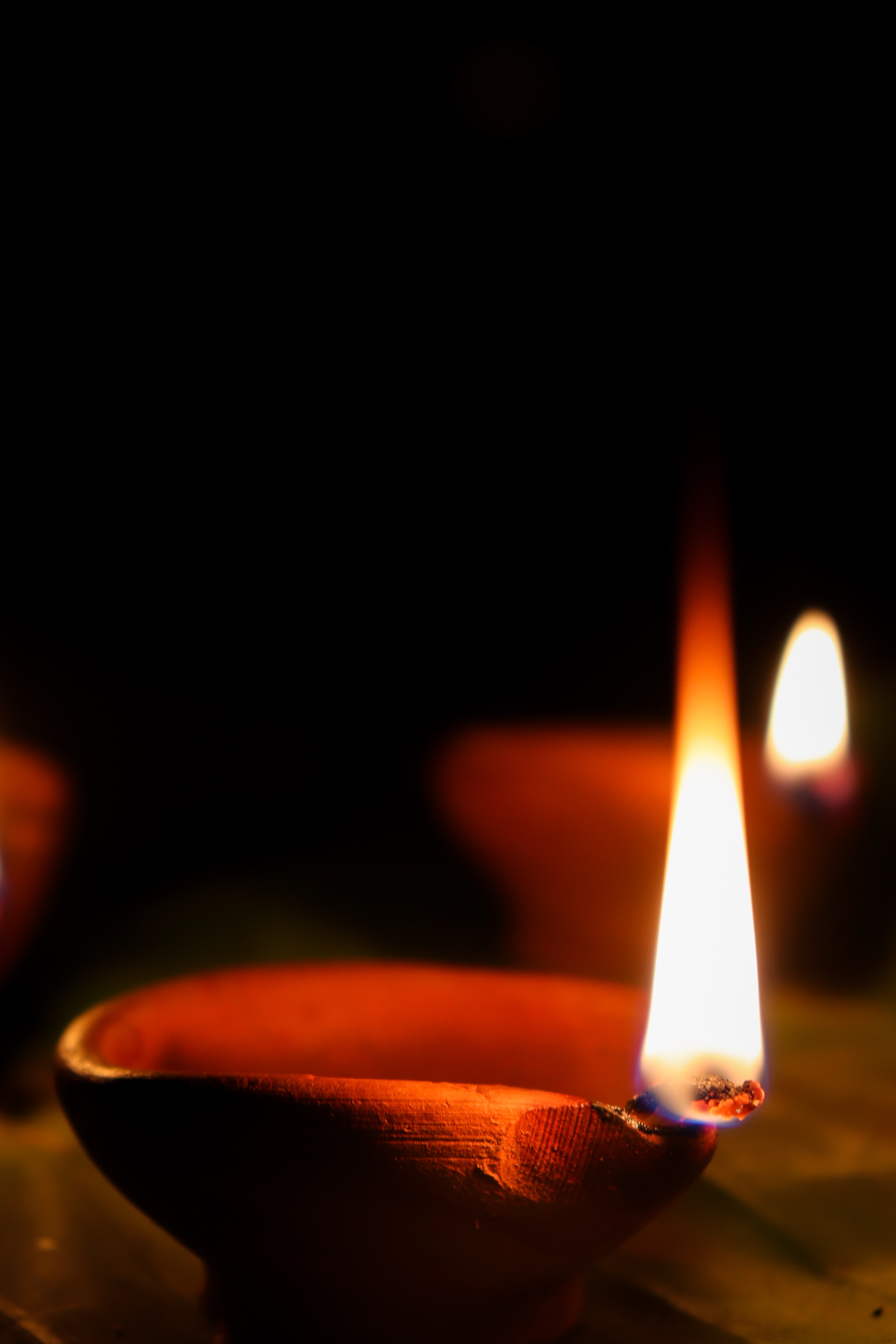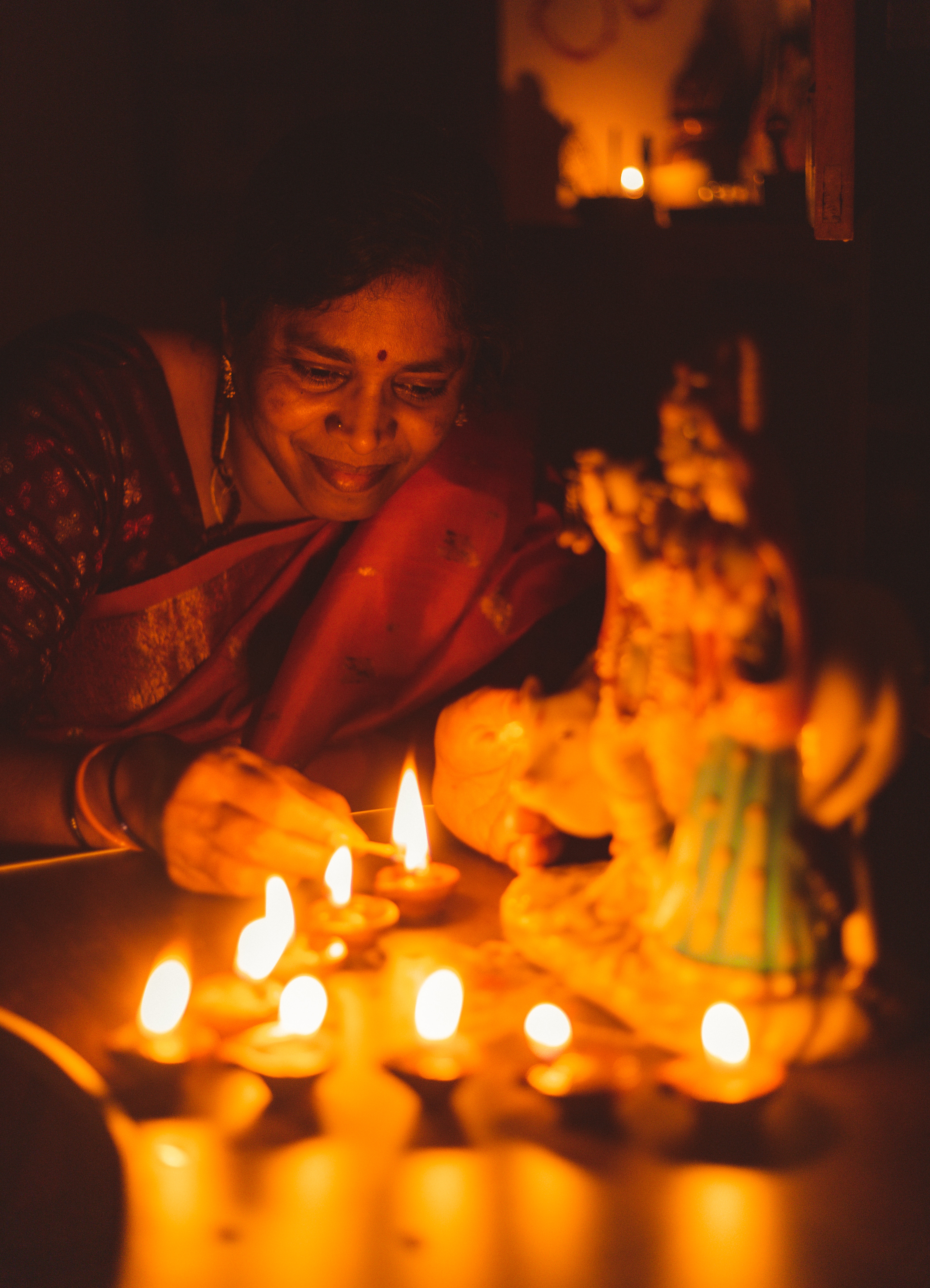Diwali, the Festival of Lights, is a grand celebration in the Hindu calendar. This is an unparalleled experience that is observed over six magical days of Diwali, where several deities are commemorated.
Almost a billion people across the globe participate in Diwali celebrations, and several countries officially recognize it as a holiday. Many cities in the United States, Canada, the UK, and Australia also have unique festivities.
Diwali’s cultural travel has enabled it to touch people from several social and linguistic backgrounds. For Hindus, the celebration of Diwali expresses lessons and values to be preserved throughout one’s life. And that is why specific rituals are observed on particular days during these six days of Diwali. And each one is embellished by struggles and triumphs of Gods.

Day 1 of Diwali
On the First Day (Vasu Baras) cows and calves, animals considered sacred in the religion, are worshipped, and homes are meticulously cleaned.
Day 2 of Diwali
The Second Day (Dhanteras), in mythology, marks the beginning of the end of a dark period of 14 days. On this day, the Lord Dhanvantari ascended from the Ocean with Ayurveda (medicine) for humankind.
People renovate and decorate their homes and shops, draw colourful Rangoli patterns outside the door, and tiny lights(diyas) surround the houses. Also typically people shop for metal items on this day from kitchen utensils to silver coins to gold jewellery.
Day 3 of Diwali
The Third Day ( Narak Chaturdashi) marks Lord Krishna’s defeat of a demon identified Narakasura. The demon asks Lord Krishna for mercy, and Krishna bestows it. And thus, this day has been devoted to the hope that even the worst of us can evolve and earn sympathy. It is also marked as the day Lord Krishna released the world from fear.
Some mark it by rising before sunrise, then bathing with fragrant oils and soaps to ward off the upcoming winter chill. Firecrackers and fireworks are also set off early in the morning.

Day 4 of Diwali
The Fourth Day (Lakshmi Puja) is the primary celebration day of Diwali. The Goddess Lakshmi rose from the Ocean, carrying with her wealth and prosperity for the entire world. People acknowledged the day by worshipping and honouring Lakshmi, and this practice remains to this day.
Homes are alight with diyas in the worship of Lakshmi. Also new outfits are worn, presents and desserts are shared. Firecrackers are propelled into the night sky, and sparklers are burning (incredibly popular with children).
Day 5 of Diwali
The Fifth Day (Padwa and Goverdhan Puja) is a day of prayer known as Goverdhan Puja (pooja) – an offering of foods. Lord Krishna had lifted the Govardhan mountian to protect the people of Vrindavan against a torrential rainfall. Because of this some observe this day in honour of Lord Krishna.
Day 6 of Diwali
The Sixth Day (Bhai Duj) is dedicated to the affection shared between brothers and sisters. And so, on the final day of Diwali, sisters share sweets with their brothers, and the brothers give gifts to their sisters.
There are numerous reasons why Diwali is so popular among the masses. It is a party that offers something to everyone. Also a festival that fosters family ties and celebrates moments along with friends and loved ones. Six days of Diwali during which everything becomes a spectacle of colours and lights.